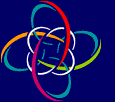 |
Realistic, Hardware-accelerated Shading and LightingWolfgang Heidrich, Hans-Peter SeidelMax-Planck-Institute for Computer Science Saarbrücken, Germany |
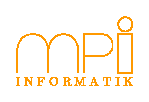
| ||
 |
Realistic, Hardware-accelerated Shading and LightingWolfgang Heidrich, Hans-Peter SeidelMax-Planck-Institute for Computer Science Saarbrücken, Germany |

| ||
![]()
Normal maps can be used for achieving the same goal, and have the advantage that the expensive operations (computing the local surface normal by transforming the bump into the local coordinate frame) have already been performed in a preprocessing stage. All that remains to be done is to use the precomputed normals for shading each pixel. Another advantage of normal maps is that recently methods have shown up for measuring them directly, or for generating them as a by-product of mesh simplification.
In the paper, we show how normal maps can be lit using graphics
hardware according to the Blinn-Phong illumination model using a set
of so-called
It is also possible to apply the techniques for other local illumination models, as well as the environment mapping techniques that we describe
in other locations of the paper to with normal maps. This part relies
on the
The figures below demonstrate these methods. Left column: Normal maps with local Phong illumination. The normal map in the bottom image has been measured from a wall paper. Center and right rows: combination of normal maps and environment mapping using pixel textures.
![]()
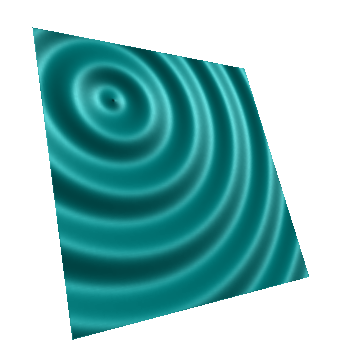
| 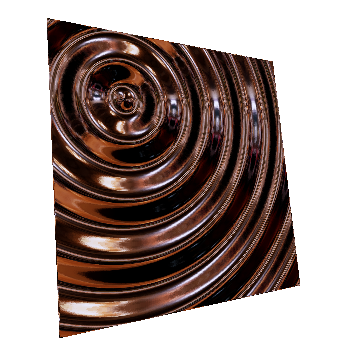
| 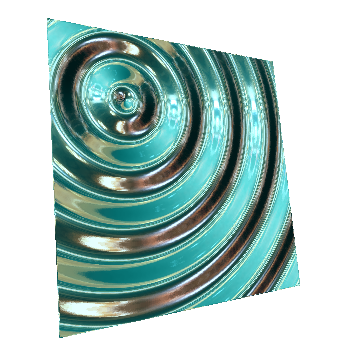
|
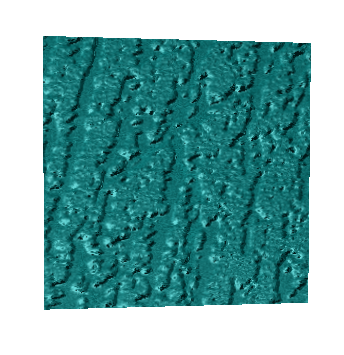
| 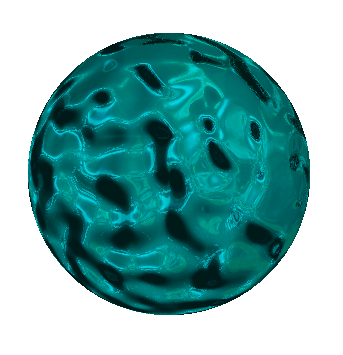
| 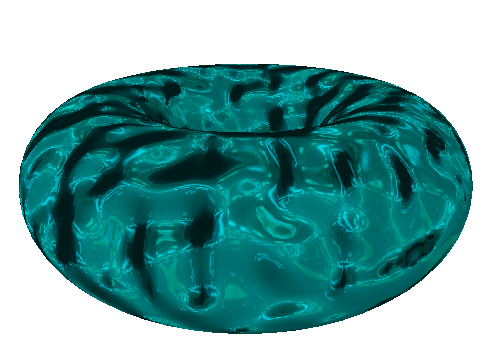
|
![]()